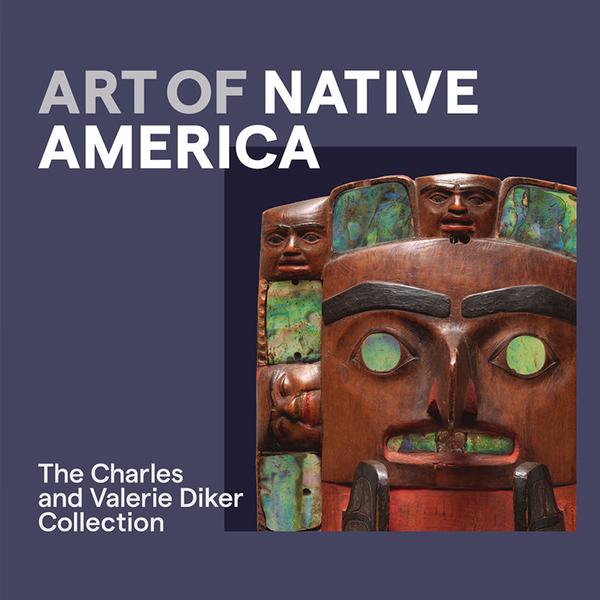Pouch
Artwork Details
- Title: Pouch
- Date: early 19th century
- Geography: Made in New York, United States
- Culture: Onondowahgah/Seneca, Native American
- Medium: English wool, cotton, silk, glass beads
- Dimensions: 8 1/4 × 8 in. (21 × 20.3 cm)
- Credit Line: Gift of Charles and Valerie Diker, 2016
- Object Number: 2016.738.3
- Curatorial Department: The American Wing
Audio

9804: Incorporating New Materials
Pouch (Haudenosaunee/ Seneca), New York, Early 19th Century, Wool, cotton, silk, glass seed beads (2016.738.3) [Rotating out 2022]
TANTOO: Notice the variety of materials used to create this piece. Joe Baker is an artist, curator, and member of the Lenape nation.
JOE BAKER: I think what's important to keep in mind is that tradition is forward, that traditional design lives also in the future. That it is not static; it is ever-changing and ever-responsive to the conditions of the moment.
TANTOO: Items like glass beads and ribbons are often considered, quote, “traditional” Native American materials. But most of these so-called “traditional” materials entered into Indigenous art in recent centuries through complex processes of colonization, acculturation, and trade.
In eastern North America – the Woodlands Region – ribbon, glass beads, and trade cloth – or machine-made fabrics – only appeared after European contact in the 16th and 17th centuries. Native artists already had vast experience working with naturally available materials such as shell beads and porcupine quills, and they incorporated the new materials into their already rich creative practices. The process of innovation continues today.
JOE: It's like an artist being introduced to new paint – you know, the thrill of the introduction of acrylic paints, when they came into play in the 1970s, and how that changed painting. This would be true for the trade cloth and the beads and the silk ribbons. You know, what wonderful new material to incorporate into the material culture of our people.
More Artwork
Research Resources
The Met provides unparalleled resources for research and welcomes an international community of students and scholars. The Met's Open Access API is where creators and researchers can connect to the The Met collection. Open Access data and public domain images are available for unrestricted commercial and noncommercial use without permission or fee.
To request images under copyright and other restrictions, please use this Image Request form.
Feedback
We continue to research and examine historical and cultural context for objects in The Met collection. If you have comments or questions about this object record, please contact us using the form below. The Museum looks forward to receiving your comments.